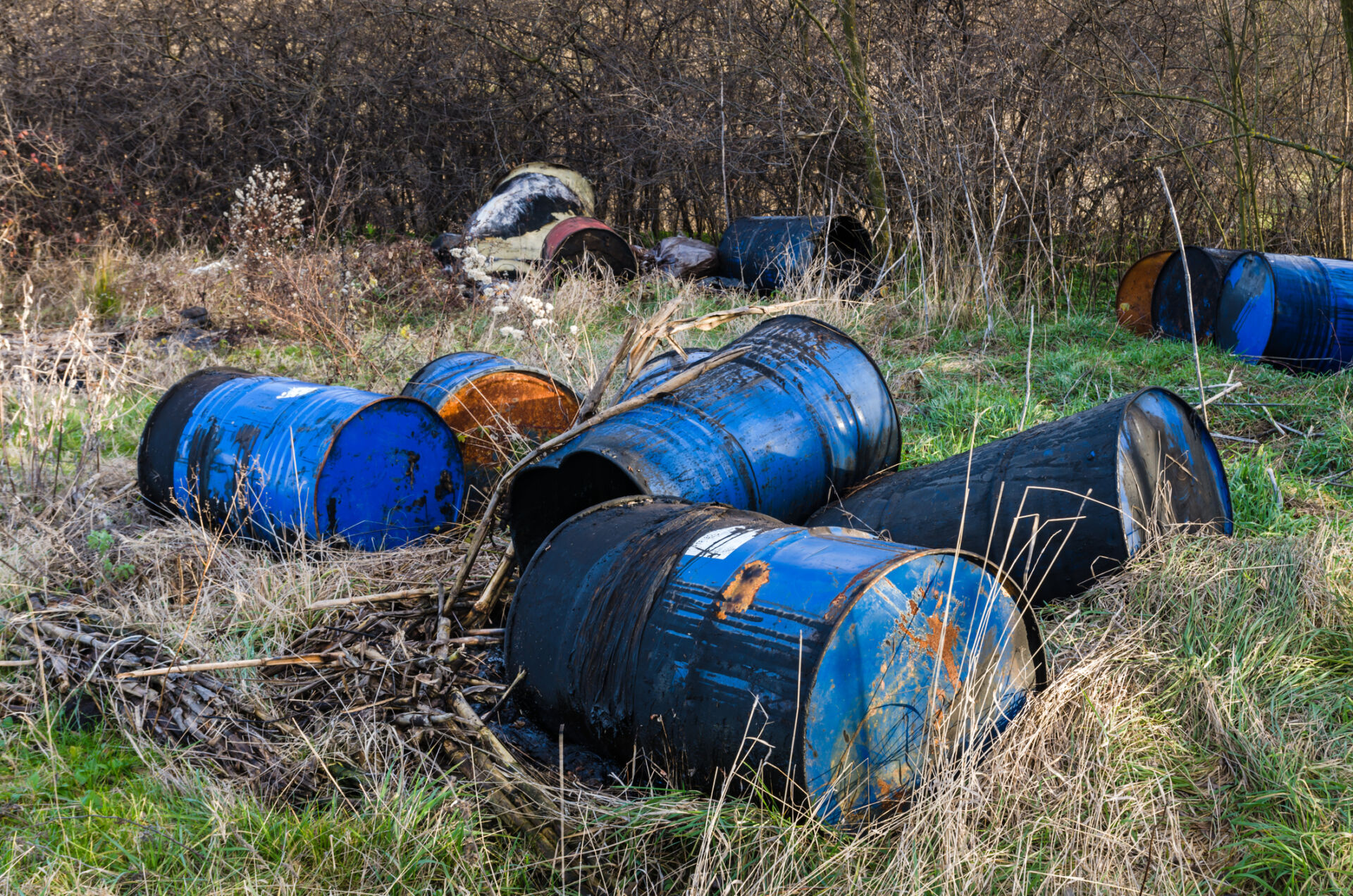Metric:
Amount of contamination, waste or pollutants generated, discharged to and/or removed/diverted from land or soil, by type
Type
Related framework / metric
TNFD: A2.1, A2.2, C2.0, C2.2, C2.3, FA.C23.0, FA.A2.0, FA.A2.2, FA.A23.0, FA.A5.4
Units
Example target
Example methods / guidance / references
What are tiers?
Tier 1
Estimate using own judgement and observations
Tier 2
Estimate using third-party professional estimates or public data
Tier 3
Model or measure based on site-specific surveys/sampling, remote or in-field sensing, laboratory analysis, etc.
Example data sources
Internal records
Third-party data sources
Site-specific measurements or model outputs
Notes
Amounts generated, discharged and removed/diverted may be recorded separately. ‘Generated’ may be interpreted as directly produced, or indirectly produced by creating demand through consumption or use, as applicable. Note that what is considered to be a contaminant, waste or pollutant may depend on the context – for example, certain levels of application of nitrogen and phosporus may be regarded as beneficial in an agricultural context, whereas the same could be regarded as pollutants at higher levels of application, or in a different context (such as a naturally low-nutrient ecosystem).
Variants of this metric include:
TNFD core disclosure metrics C2.0: “Pollutants released to soil (tonnes) by type, referring to sector-specific guidance on types of pollutants”
TNFD core disclosure metrics C2.2: “Weight of hazardous and nonhazardous waste generated by type (tonnes), referring to sector-specific guidance for types of waste. Weight of hazardous and nonhazardous waste (tonnes) disposed of, split into:
• Waste incinerated (with and without energy recovery);
• Waste sent to landfill; and
• Other disposal methods. Weight of hazardous and nonhazardous waste (tonnes) diverted from landfill, split into waste:
• Reused;
• Recycled; and
• Other recovery operations.”
TNFD core disclosure metric C2.3: “Plastic footprint as measured by total weight (tonnes) of plastics (polymers, durable goods and packaging) used or sold broken down into the raw material content. For plastic packaging, percentage of plastics that is:
• Re-usable;
• Compostable;
• Technically recyclable; and
• Recyclable in practice and at scale.
Raw material content: % of virgin fossil-fuel feedstock; % of post-consumer recycled feedstock; % of post-industrial recycled feedstock; % of virgin renewable feedstock.”
TNFD Food and agriculture core disclosure metric FA.C23.0: “Proportion (%) of food waste repurposed into by-products and/or co-products.”
TNFD additional disclosure metric A2.1: “Reduction in waste generated relative to baseline as a result of technological or process changes (tonnes)”
TNFD additional disclosure metric A2.2: “Volume of pollutants removed from land, atmosphere, ocean and freshwater (tonnes).”
TNFD Food and agriculture additional disclosure metric FA.A2.0: “Food loss and/or waste as a proportion of total food produced/ handled (%). Proportion of food loss and/or waste diverted from landfill (%).”
TNFD Food and agriculture additional disclosure metric FA.A2.2: “Weight (tonnes) of non-plastic packaging (primary, secondary and tertiary packaging) for food products by entity by packaging type.”
TNFD Food and agriculture additional disclosure metric FA.A23.0: “Proportion (%) of total sourced and purchased non-plastic packaging made from 1) recycled materials, 2) renewable materials, 3) compostable materials. For each material used, proportion (%) that is recycled, reused and composted according to local laws and regulations.”
TNFD Food and agriculture additional disclosure metric FA.A5.4: “Volume (kg) and concentration (kg/m3) of pesticides, by pesticide and toxicity level (1, 8, 16 and 64 for low risk, normal, more hazardous and non-approved substances).”
Last updated: 18th September 2025

